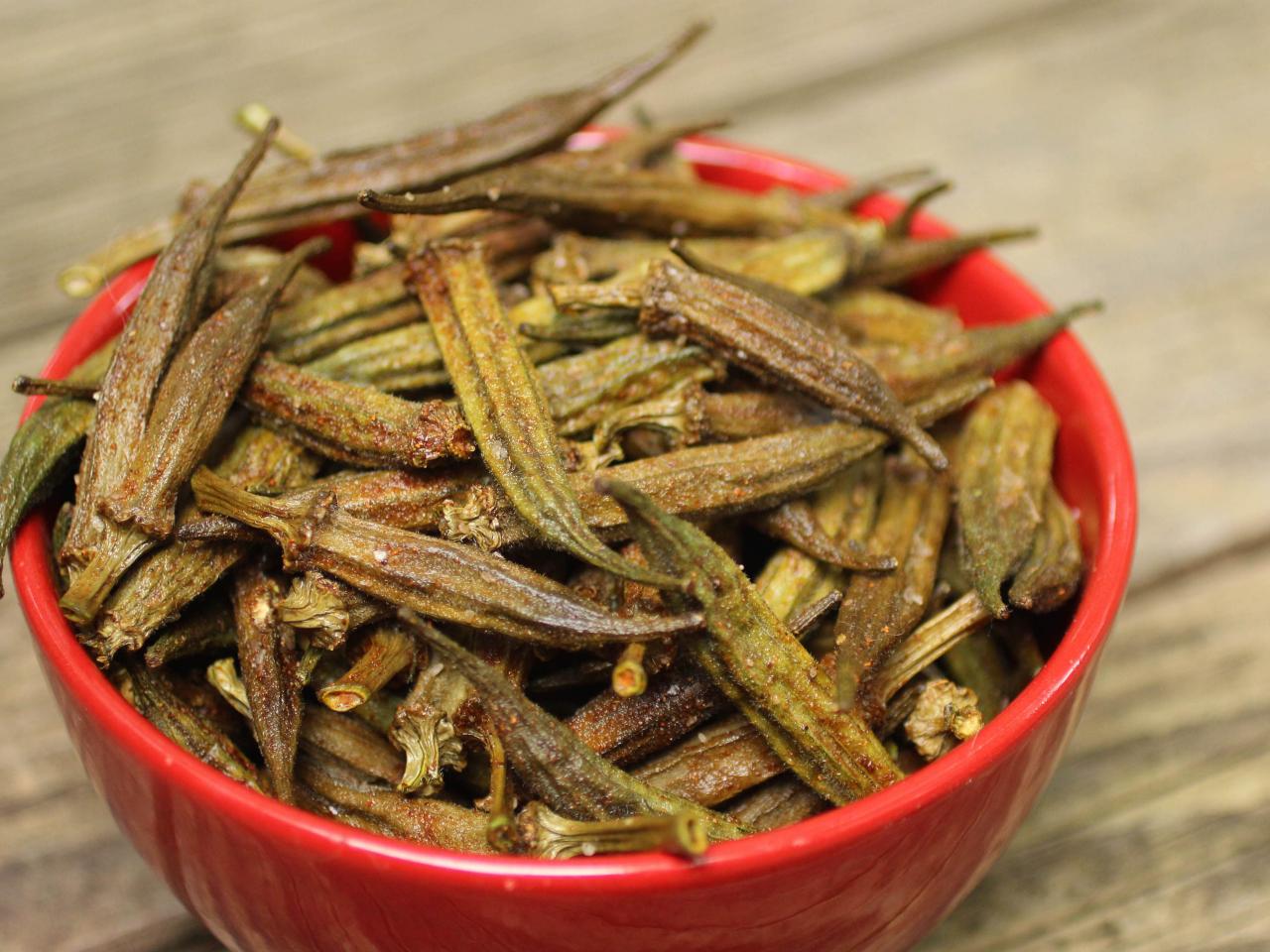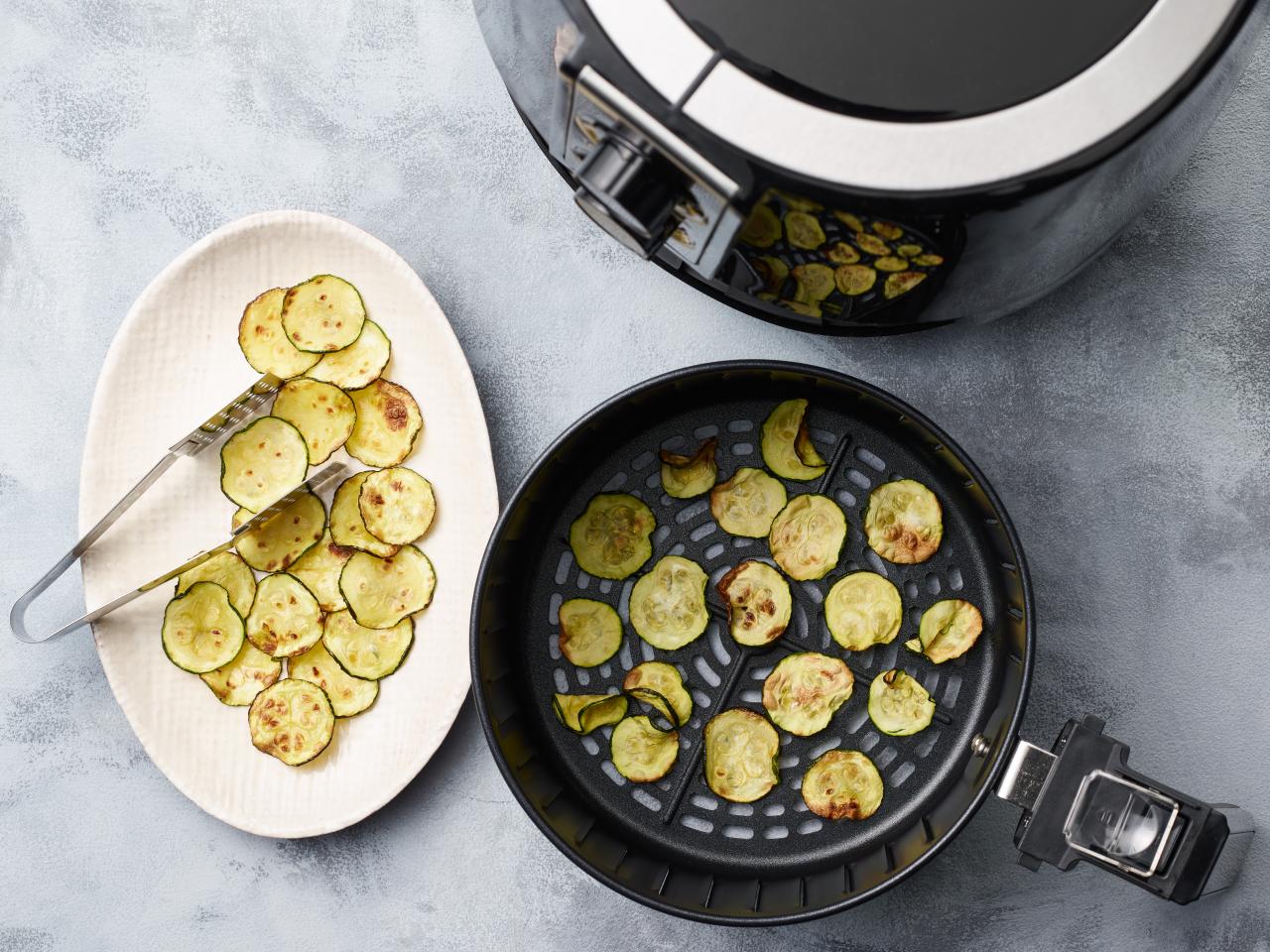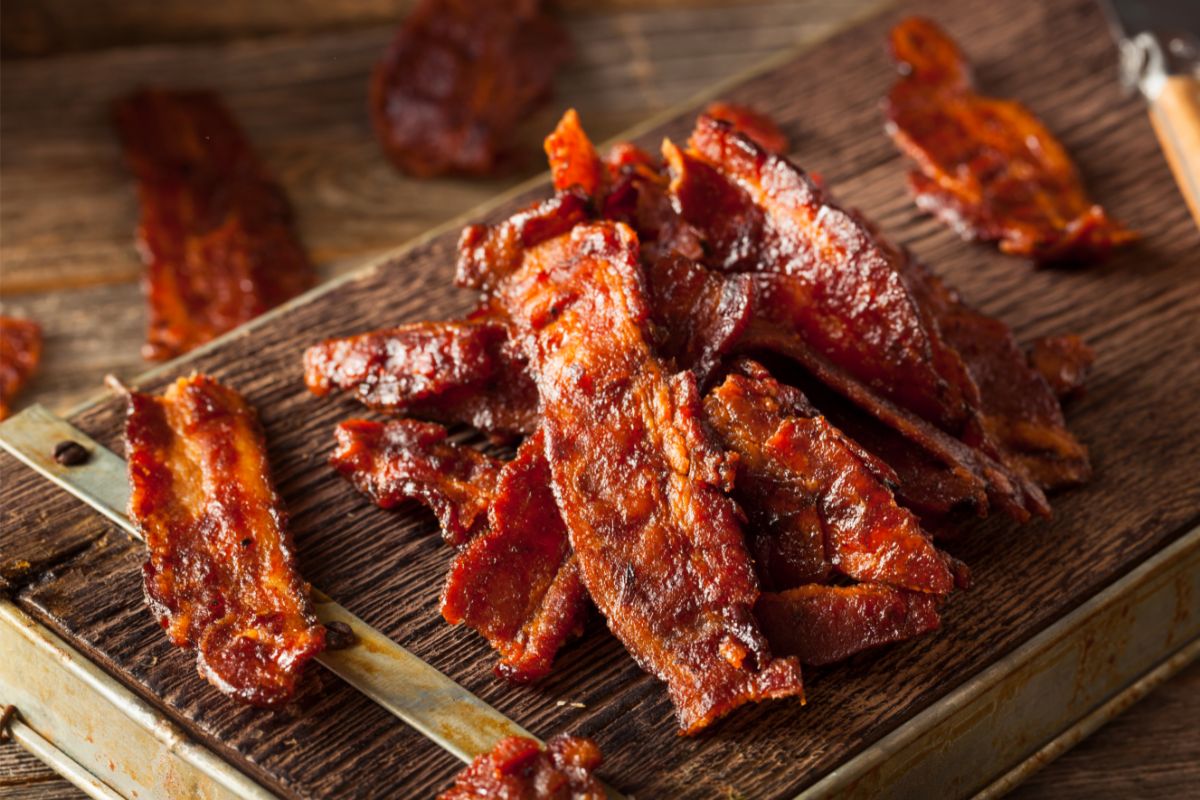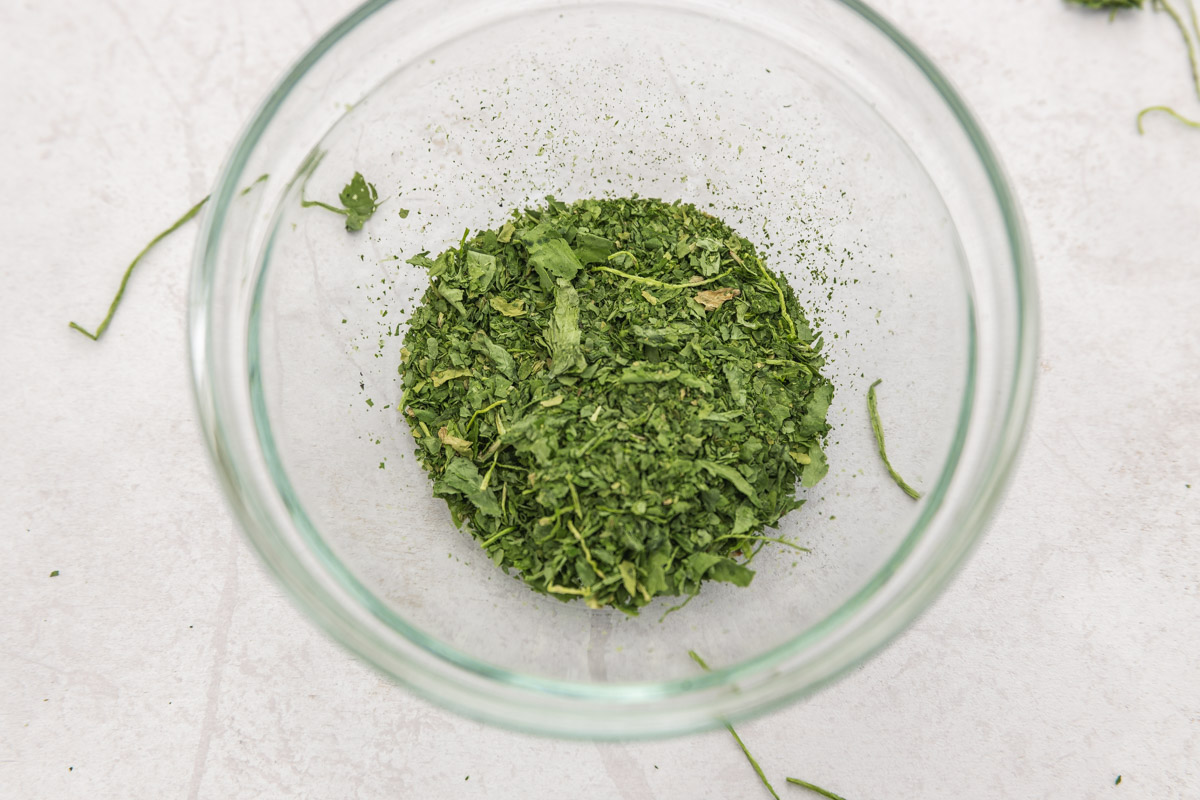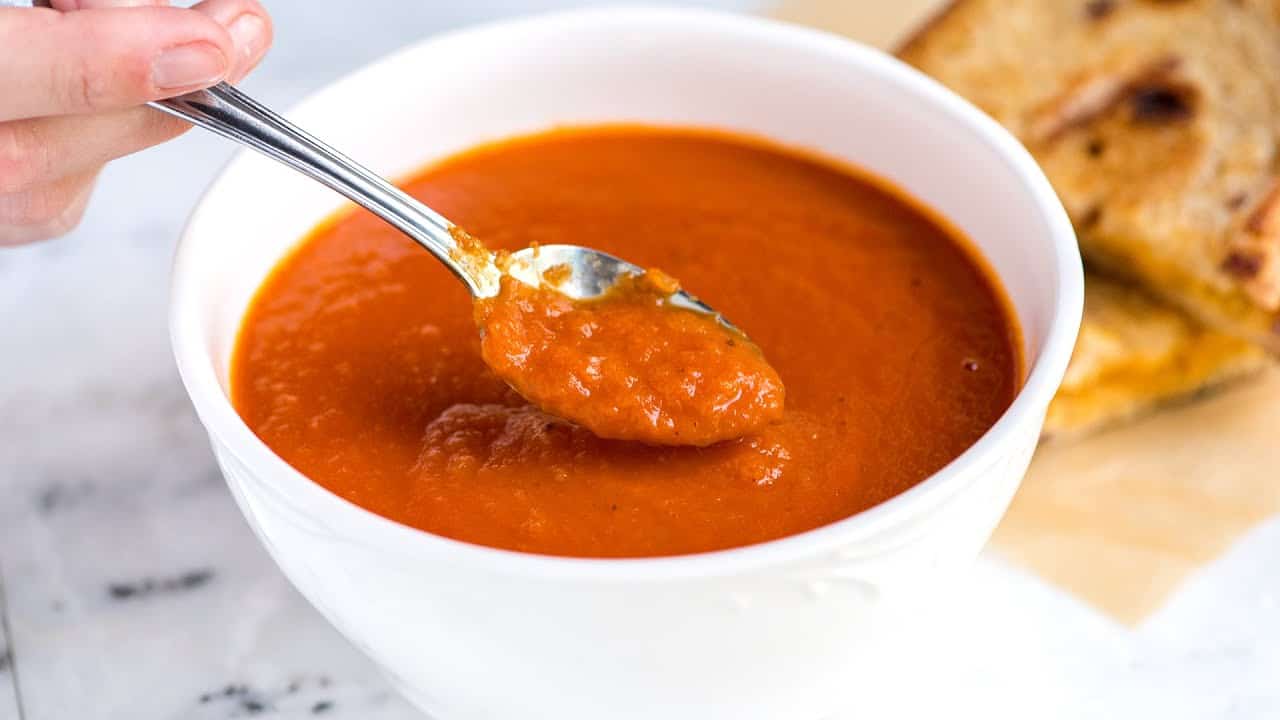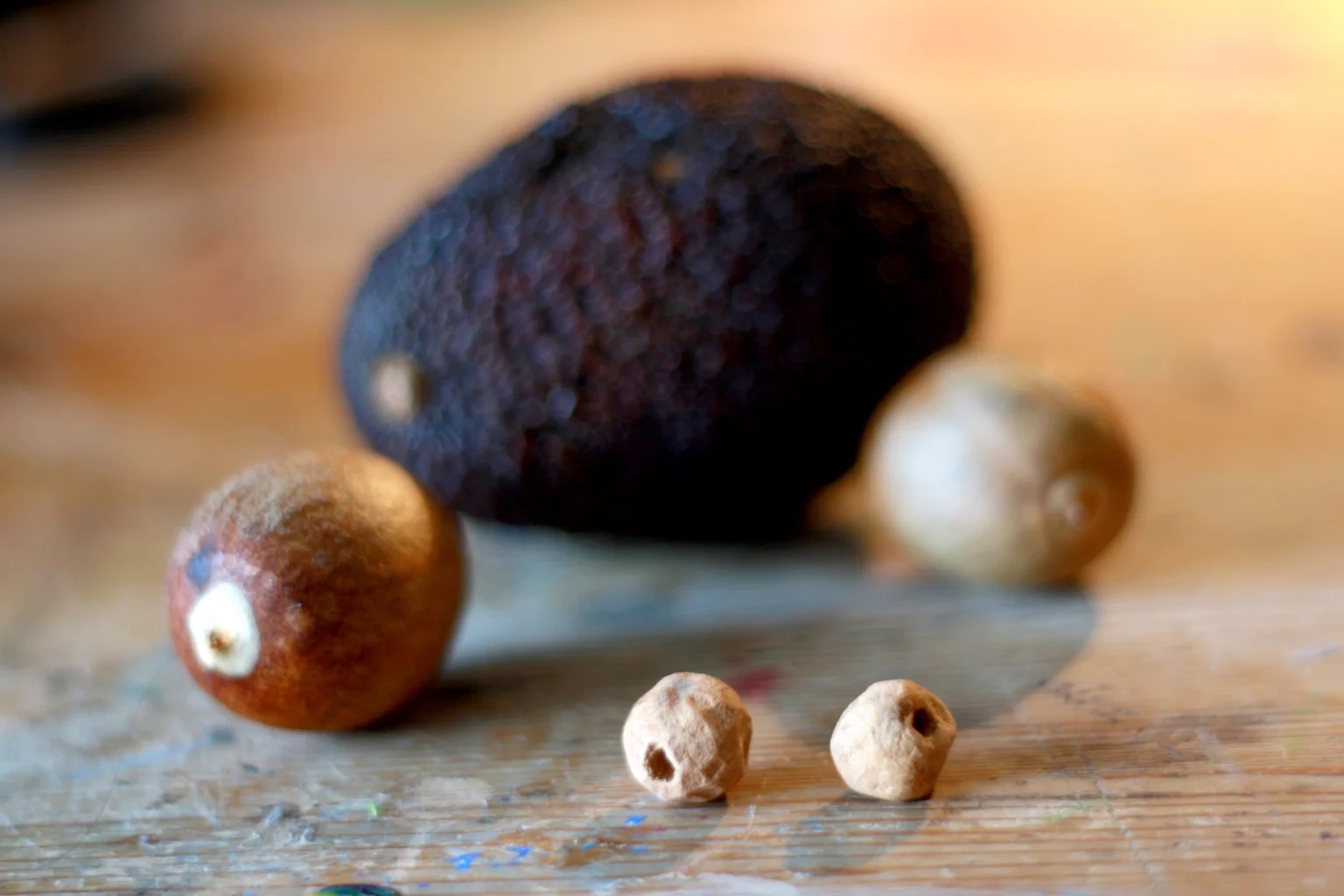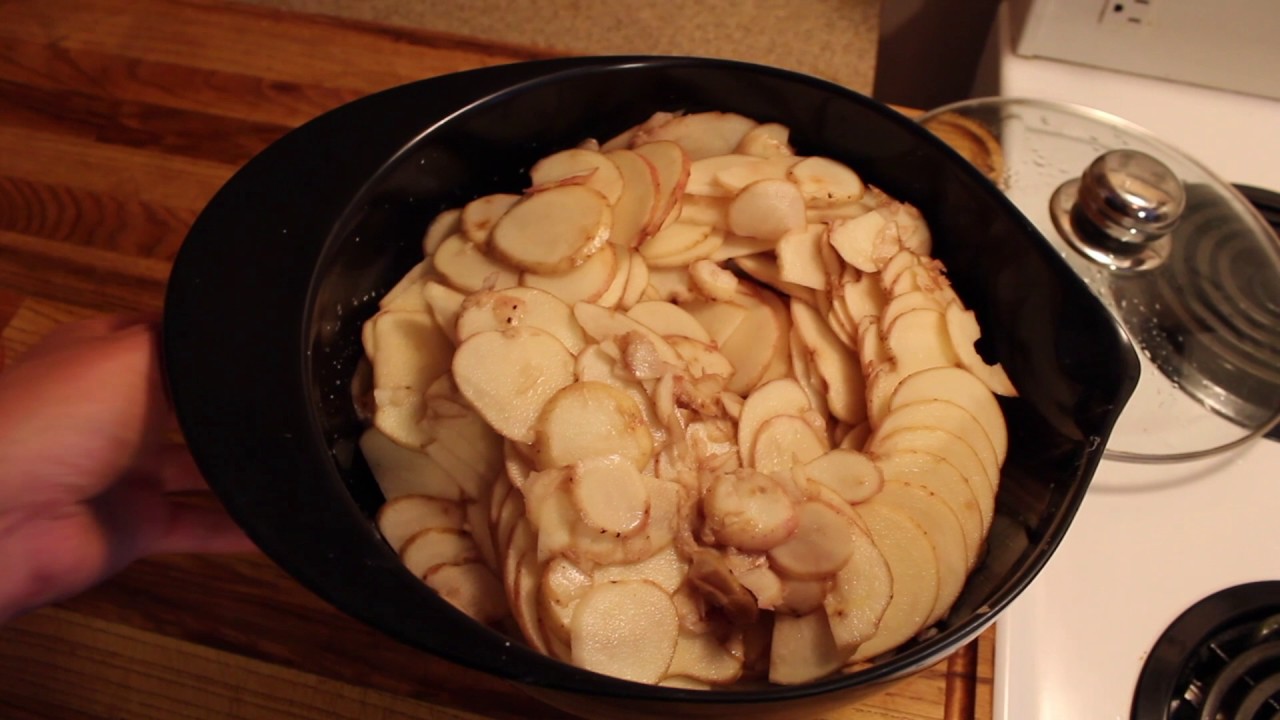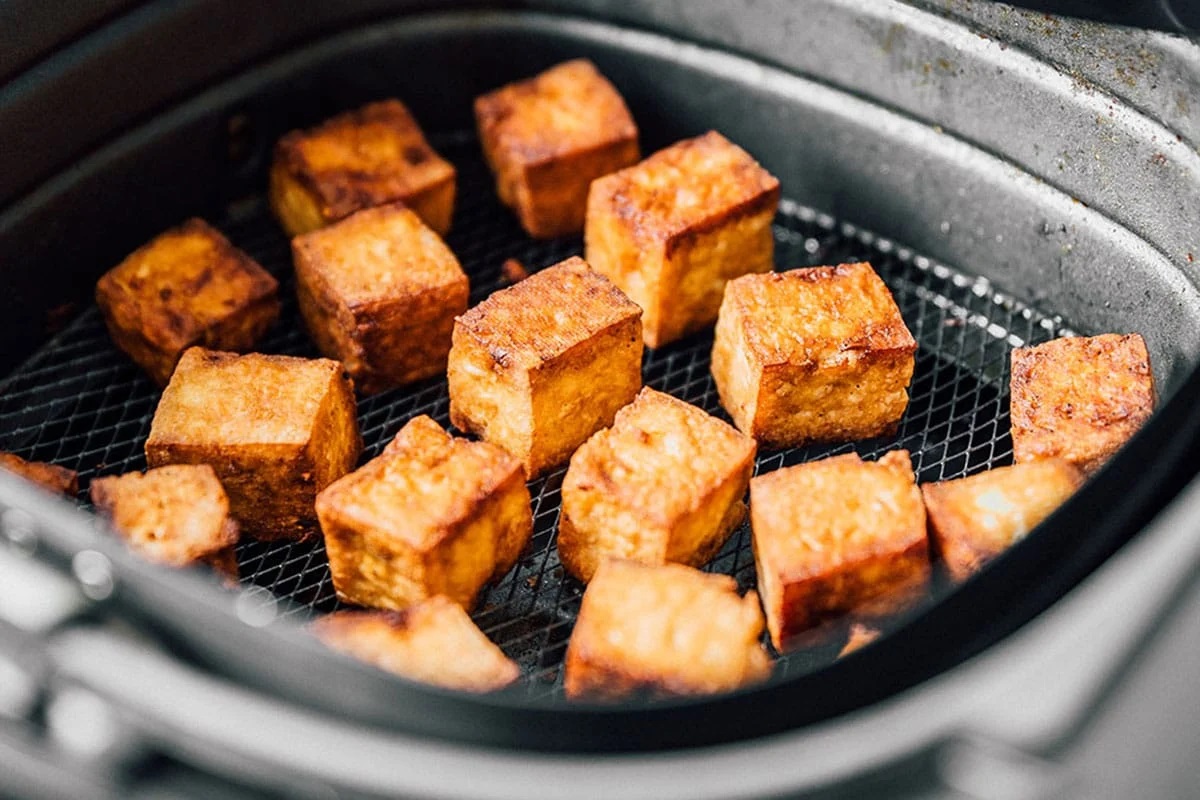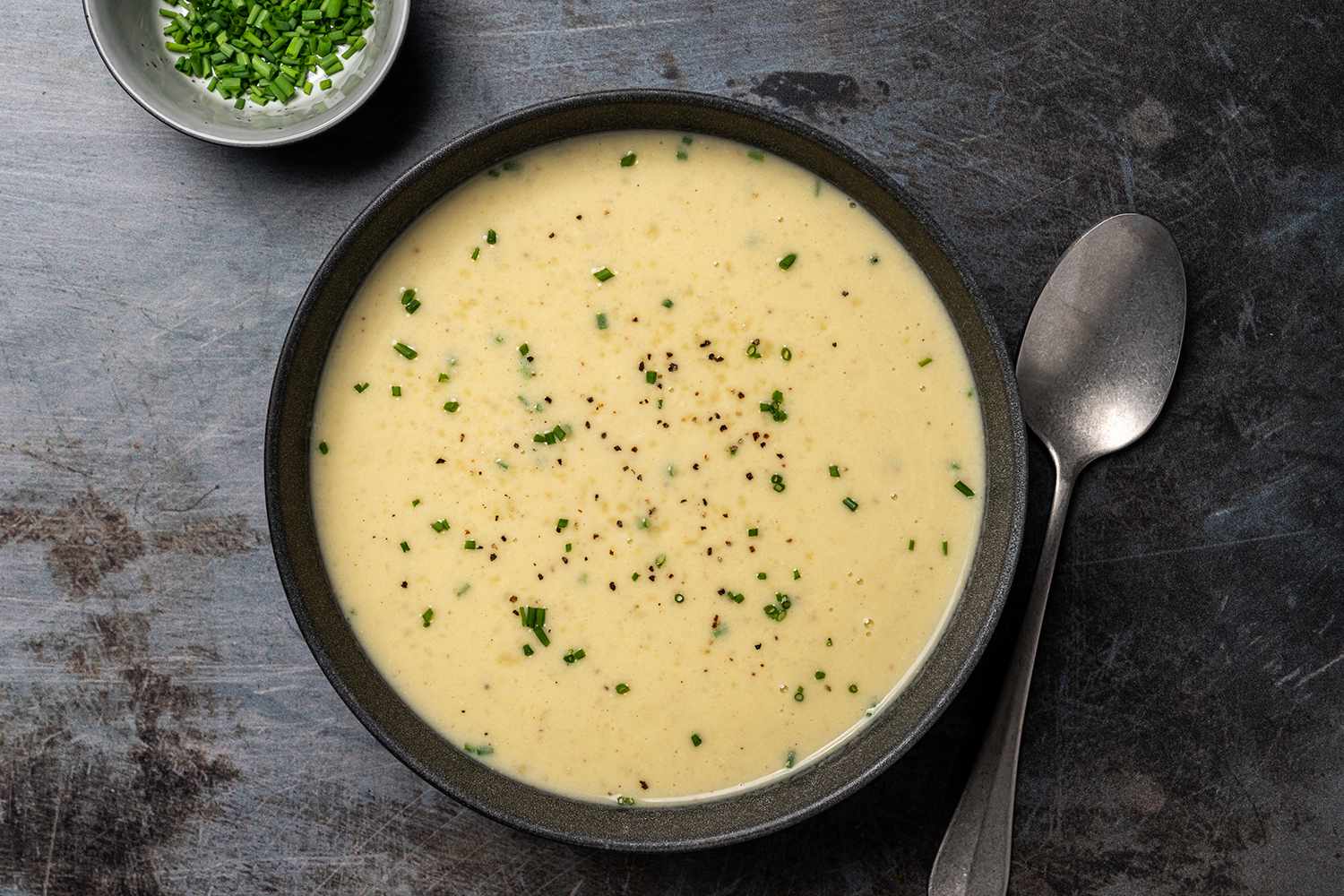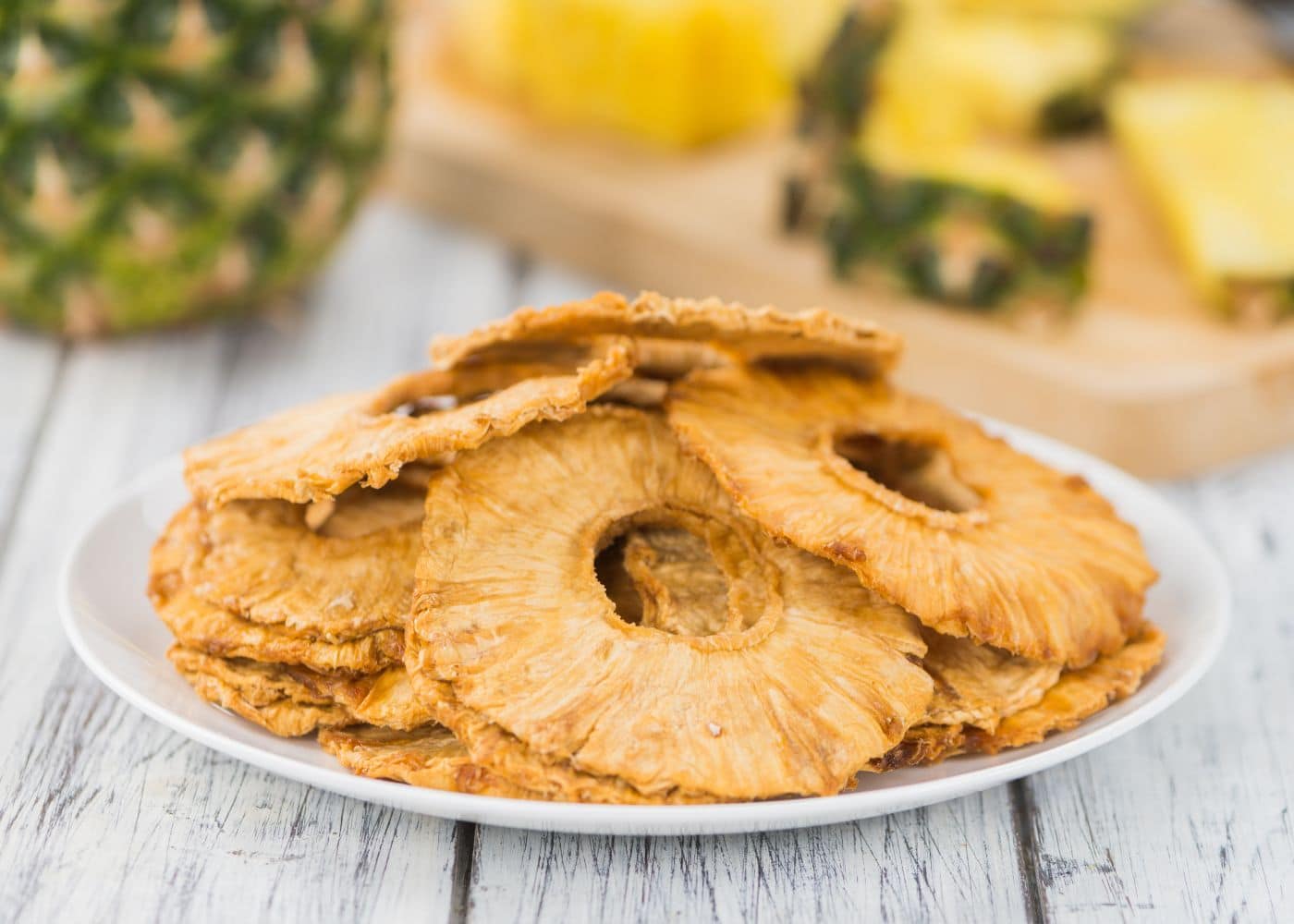Dehydrating cooked turkey is a great way to preserve this tasty protein for later use. Whether you have leftover turkey from a holiday feast or simply want to stock up on this versatile meat, dehydrating it can extend its shelf life and make it easy to incorporate into various dishes. In this guide, we will walk you through the process of dehydrating cooked turkey so you can enjoy its delicious flavor for months to come.
Why Dehydrate Cooked Turkey?
Dehydrating cooked turkey offers several benefits, including:
- Extended shelf life: Dehydrated turkey can last for months when stored properly, making it a convenient option for long-term storage.
- Portability: Dehydrated turkey is lightweight and compact, making it an ideal option for camping, hiking, and other outdoor activities.
- Versatility: Once dehydrated, turkey can be rehydrated and used in a variety of dishes, such as soups, stews, and casseroles.
- Reduced waste: Dehydrating leftover turkey allows you to make the most of this delicious meat and minimize food waste.
Steps to Dehydrate Cooked Turkey
Follow these simple steps to dehydrate cooked turkey:
- Cook the turkey: Start by cooking the turkey until it reaches a safe internal temperature of 165°F (74°C). You can roast, grill, or boil the turkey to your preference.
- Cool and slice: Allow the cooked turkey to cool before slicing it into thin, uniform pieces. This will help ensure that the turkey dehydrates evenly.
- Pre-treat (optional): To enhance the flavor and shelf life of the dehydrated turkey, you can pre-treat the slices with a marinade or seasoning of your choice. This step is optional but can add extra flavor to the end product.
- Arrange on dehydrator trays: Lay the turkey slices in a single layer on the dehydrator trays, ensuring that there is space between each slice for proper air circulation.
- Dehydrate: Set the dehydrator to the appropriate temperature for meat (usually around 145°F or 63°C) and allow the turkey to dehydrate for several hours, or until it is dry and leathery in texture.
- Cool and store: Once the turkey is fully dehydrated, let it cool to room temperature before transferring it to airtight containers or resealable bags for storage.
Rehydrating and Using Dehydrated Turkey
To rehydrate dehydrated turkey, simply soak it in hot water or broth for about 20-30 minutes until it becomes tender and plump. Once rehydrated, you can use the turkey in various recipes, including:
- Soups and stews
- Casseroles
- Salads
- Wraps and sandwiches
- Pasta dishes
Storage Tips
Proper storage is crucial for maintaining the quality of dehydrated turkey. Here are some tips for storing dehydrated turkey:
- Use airtight containers or resealable bags to keep out moisture and air.
- Store in a cool, dark place, such as a pantry or cupboard.
- Label the containers with the date of dehydration to track freshness.
- Check the turkey periodically for any signs of spoilage, such as off odors or discoloration.
Final Thoughts
Dehydrating cooked turkey is a simple and effective way to preserve this delicious meat for future use. Whether you want to create convenient meal options for outdoor adventures or simply make the most of leftover turkey, dehydrating is a practical solution. By following the steps outlined in this guide and paying attention to proper storage, you can enjoy the flavor and versatility of dehydrated turkey in a variety of dishes. So, the next time you have cooked turkey on hand, consider dehydrating it for long-lasting enjoyment!
For those looking to make the most of their dehydrated turkey, there are several recipes worth trying. The Dehydrated Turkey Chili is a hearty option, perfect for a quick meal after a busy day. If you're into lighter fare, the Dehydrated Turkey Salad offers a refreshing mix of flavors and textures. The Dehydrated Turkey Tacos are a fun twist on a classic dish, bringing a unique crunch to the table. For something more comforting, the Dehydrated Turkey Shepherd's Pie is a great way to enjoy a homey meal. Lastly, the Dehydrated Turkey Soup is ideal for those looking for a warm and soothing dish. Each of these recipes leverages the convenience of dehydrated turkey, making meal prep simple and delicious.
Was this page helpful?
Read Next: How To Dehydrate Meat In An Air Fryer

